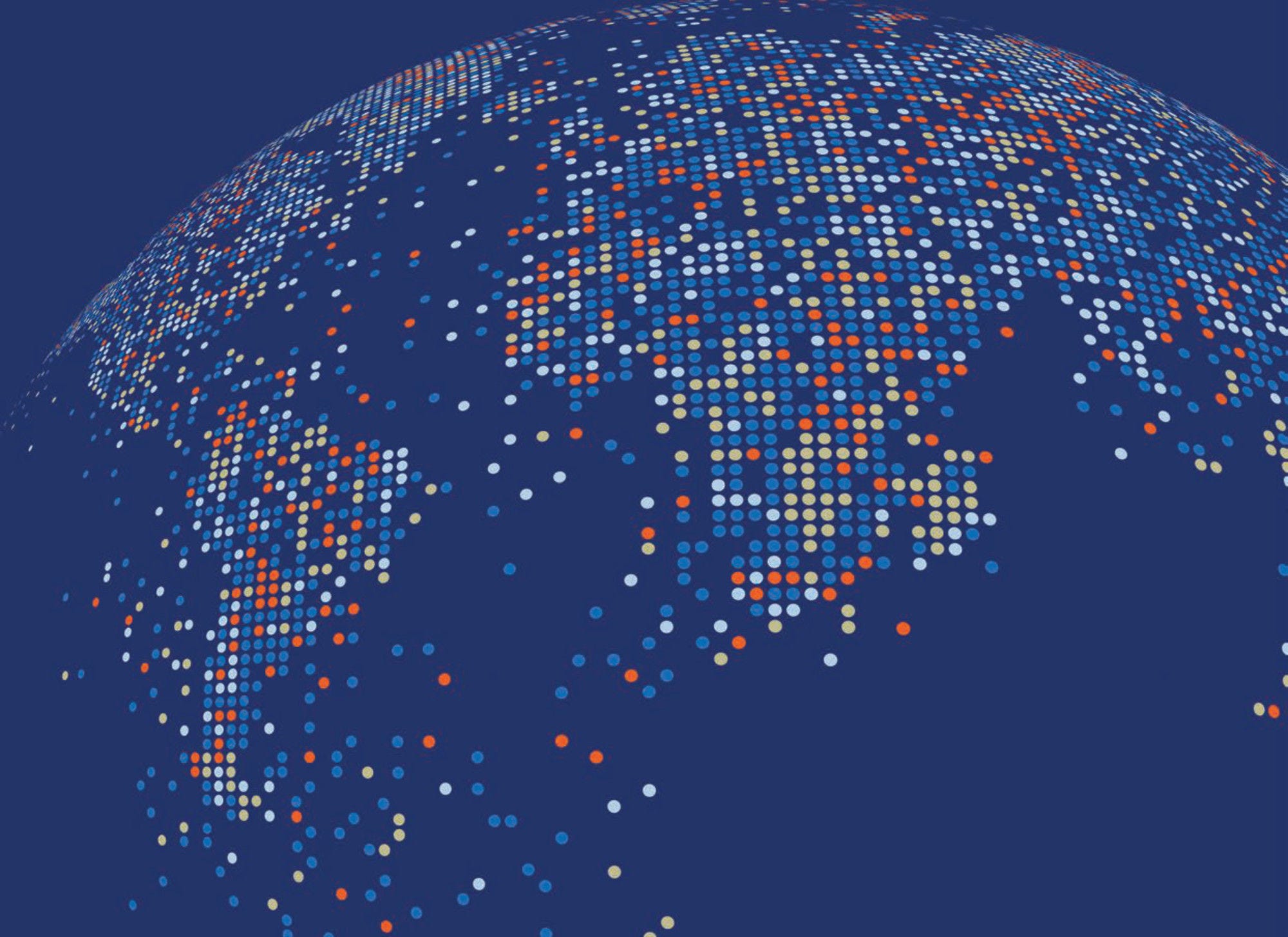Fast-paced digital transformation is a strategic opportunity to accelerate progress towards development goals. Between 2019 and 2021, 800 million people came online for the first time – a historical jump driven by the need to work, learn and communicate during the COVID-19 pandemic lockdowns. Universal Internet coverage is a standalone target in the Sustainable Development Goals (SDGs), but the transformative power of digital technology is that it offers a gateway to job opportunities, improved government services and enhanced citizen engagement, and widens the global digital economy to include more people.
But developing countries are being left behind. Of the 2.9 billion people who are still offline, most live in developing countries. These populations either do not have Internet coverage or face barriers to use. Some 30% of Africa’s isolated rural population may never be reachable with terrestrial fibre-optic networks in a cost-effective way and 19% of the population of sub-Saharan Africa still do not have access to mobile broadband. Closing the coverage gap is essential, but not sufficient: 43% of people with access to mobile broadband do not use it. Closing the usage gap must now be the focus.
Barriers to usage include a lack of access to basic enablers. In sub-Saharan Africa, 600 million people do not have electricity to power digital devices. The high costs of data and digital devices mean that the 10 least-affordable countries for 1GB of mobile data are all developing countries. Lack of digital literacy is the most frequently cited reason in developing countries for not using the internet. Women and girls in particular have lower access to technology and lower digital literacy than men and boys, and are concerned about safety online.
Alongside the coverage and usage gaps, managing digital transformation throws new policy challenges at governments. Most developing countries have limited social protection and struggle to transition the largely informal workforce to digital sectors. Economic policies are failing to capture the benefits of e-commerce or even encourage the take up of digital tools such as email or websites in the wider economy. Developing countries’ limited resources also struggle to meet new regulatory demands and address highly specialised technical issues.
